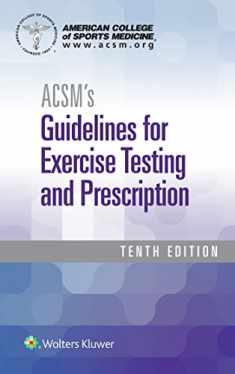
Biomechanics of Musculoskeletal Injury, Second Edition
Book details
Summary
Description
Biomechanics of Musculoskeletal Injury, Second Edition, presents clear, accessible explanations of the biomechanical principles of injury and how injuries affect the normal function of muscles, connective tissue, and joints. Noted biomechanists William Whiting and Ronald Zernicke guide readers through the mechanical concepts of musculoskeletal injuries without heavy emphasis on mathematics.
Almost 10 years after the publication of the first edition, this much-needed second edition has been vastly improved. Packed with more than 400 illustrations, including graphs and anatomical art (nearly twice as many as in the previous edition), Biomechanics of Musculoskeletal Injury, Second Edition, is an indispensable reference offering perspectives on and appreciation for the intricacies of injury mechanisms. The text provides a solid foundation for in-depth study with a comprehensive examination of these issues:
-The mechanical aspects of injury and the concept of injury as a stimulus for beneficial tissue adaptations
-How injury affects the normal function of the human musculoskeletal system and an examination of arthrology, or joint mechanics
-Mechanical parameters such as force, stress and strain, stiffness, and elasticity and their application to tissue mechanics and injury
-How connective tissues respond to mechanical loading and how those tissues are studied to quantify their mechanical behavior
-Factors such as age, gender, nutrition, and exercise with emphasis on how lifestyle choices might lessen the chance or severity of injury
-How the principles of mechanical load and overload, use and overuse, level and progression of injury, and the many contributory factors involved in injury combine to form a backdrop for viewing specific musculoskeletal injuries
Drawing on the information provided in previous chapters, the final section of the text covers the essentials of injuries of the lower extremity, upper extremity, and the head, neck, and trunk. New to the second edition, special sections titled “A Closer Look” present a detailed analysis of anterior cruciate ligament injuries, rotator cuff pathologies, and concussion. In addition, topics of current concern such as falls in older populations, throwing-related rotator cuff pathologies, and youth-related injuries from carrying backpacks are also discussed.
This new edition also employs updated design features to reinforce learning, including the addition of a second color to highlight new sections and special elements. The running glossary provides immediate access to definitions, thereby increasing reading comprehension. The improved index offers a quick-search feature for glossary word definitions, and expanded references provide direction for further study. Additionally, essay questions included at the end of each chapter help readers create logical flows of information pertinent to chapter contents. For instructors, an online instructor guide offers outlines of the topics that students should address to answer the chapter review questions. Also available to instructors is an online presentation package featuring the graphics from the text to be incorporated easily into lecture presentations.
By providing an understanding of injury mechanisms in all body regions, Biomechanics of Musculoskeletal Injury, Second Edition, serves as a comprehensive resource to assist health professionals, researchers, and students with the proper diagnosis, treatment, and prevention of musculoskeletal injuries.


We would LOVE it if you could help us and other readers by reviewing the book
Book review





